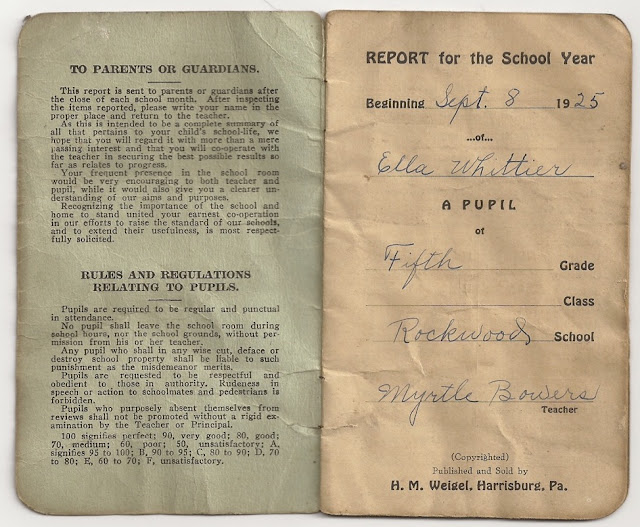When we first moved to Knoxville in 2000, Mr. Vagabond and I lived in an adorable little Barber Victorian cottage on the fringe of the historic Fourth & Gill community. Although I'd long been a fan of thrift (ok, junk) stores, I soon discovered that Knoxville took it to a whole new level compared to what I'd seen in other towns. One of the first things I started collecting here was dishes. I used some of them in my little garden.
 |
Unfortunately, my Golden Retriever bit the heads off every petunia.
|
That was a neat way to use broken dishes and teacups with crazing in the glaze. The bad parts of the plates were hidden in the dirt, and I broke out the bottoms of the teacups.
I amassed stacks and stacks of creamy-white Homer Laughlin dinnerware. Some pieces were plain, and others had delicate, faded floral patterns. I considered them my fancy plates, and reserved them for special occasions. Some of the pieces have disappeared over the past 12 years, and that makes me sad.
Anyway, back to repurposing.
Every older man I know has several glass insulators in a box somewhere in his garage. I've always loved the look of them, but never knew what I could do with one.
What about this?
Or this?
Beautiful, no? Clever, too.
At one time, I could find glass insulators for nothing at local thrift stores. Now they are VERY pricey, as their value is becoming more and more apparent. Lucky me, I had some foresight and bought every one I could find back in the day. Now to bring out the diamond bit and my Rotozip!
Old glass bottles are another favorite of mine. I have loads of them.
So what about something like this?
I've been buying old bottles for about as long as I can remember, too.
Another favorite thing is old doors. I love old doors. I have one leaning against the wall in my kitchen just waiting for new purpose.
Maybe one of these ideas will work.
 |
| I could use one of these in my foyer |
 |
| My old door is just about this size. |
 |
| Now, THIS is really cool! |
One of the tricks to repurposing or upcycling, at least when it comes to interiors, is to make an item that is already attractive into something useful as well. An old thing on a shelf is just an old thing on a shelf. If it isn't beautiful in the first place, it probably won't stand on its own as art or an artistic furnishing.
An old bottle with bubbles in the glass is a thing of beauty just the way it is. An old door that is rugged and full of detail is lovely for its craftsmanship alone.
When you choose an object to convert into something else, consider the object for its own sake, just as it is, before you think about what you could turn it into. That way, you're not adding decoration to something that's not really worth it.
XOXO
XOXO



























